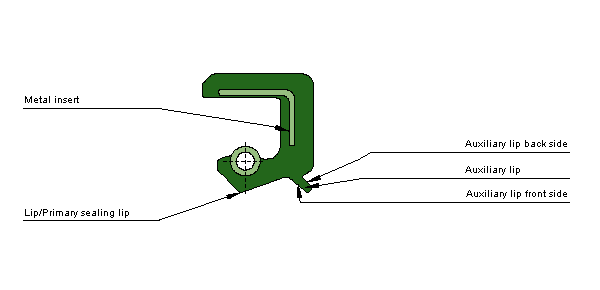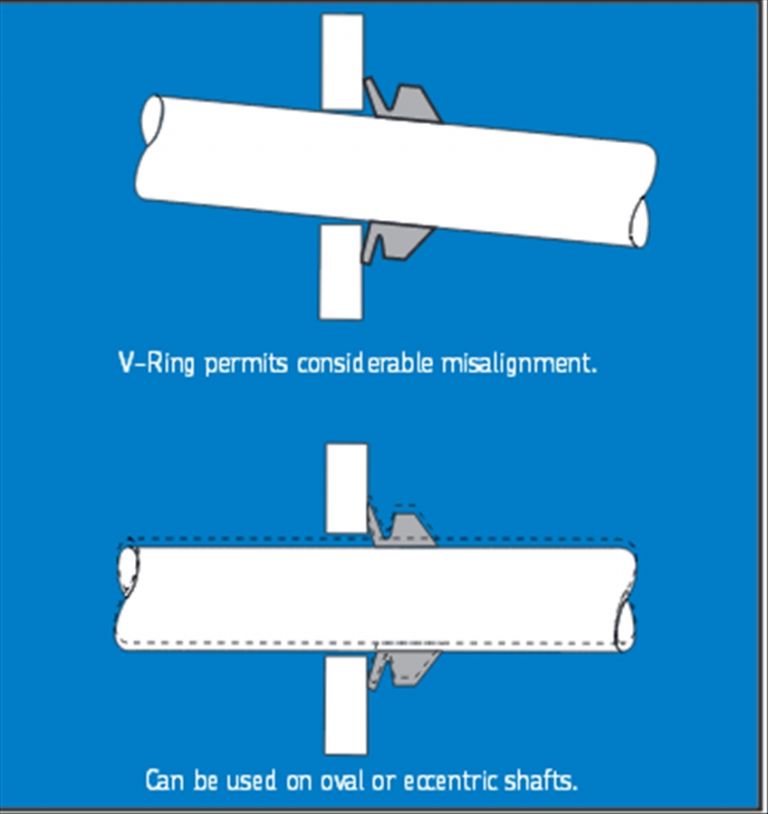Oils seals, which way to install?
Oils seals, which way to install?
- This topic has 20 replies, 12 voices, and was last updated 7 April 2016 at 18:03 by
Ed Duffner.
Viewing 21 posts - 1 through 21 (of 21 total)
Viewing 21 posts - 1 through 21 (of 21 total)
- Please log in to reply to this topic. Registering is free and easy using the links on the menu at the top of this page.
Latest Replies
Viewing 25 topics - 1 through 25 (of 25 total)
-
- Topic
- Voices
- Last Post
Viewing 25 topics - 1 through 25 (of 25 total)
Latest Issue
Newsletter Sign-up
Latest Replies
- Hello from Sunny Skegness
- original benz
- 1920s Cradle Mic Antique Brass Sleeve
- How To Make A Pressure Gauge Syphon?
- 3D printer choices
- Power hacksaw – powerful banging when running
- Building Bernard Tekippe’s Precision Regulator
- Broken casting – Best repair?
- Motor bearings and more
- Tensile Strength Machineability














